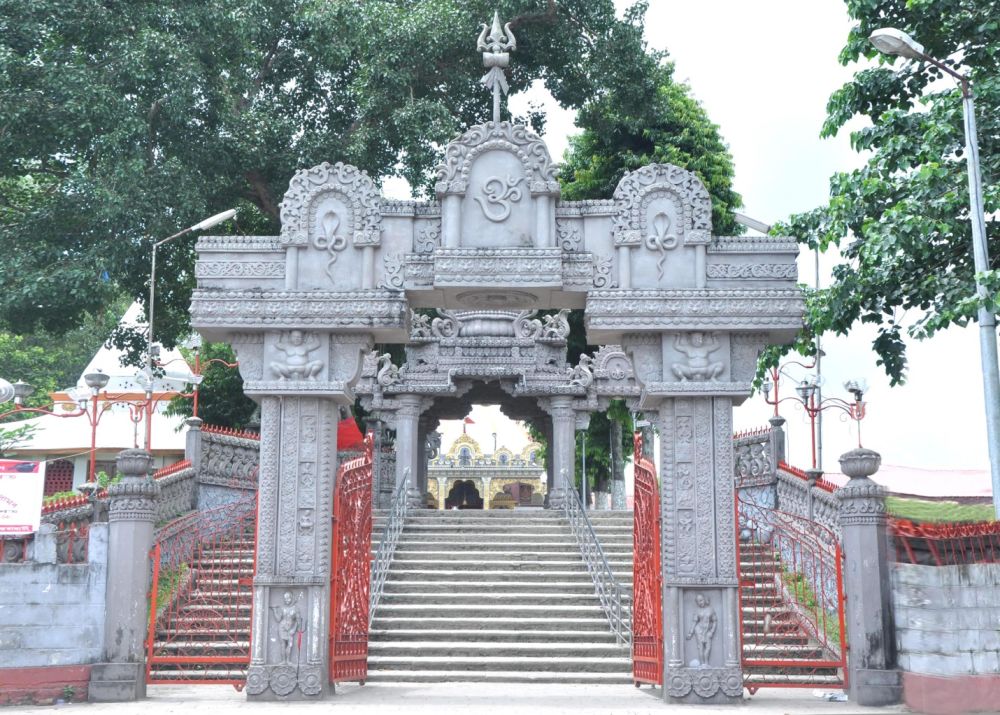

The Mahabhairab Temple, an ancient temple dedicated to Lord Shiva, is positioned in Tezpur, Assam. This temple, which is a stellar example of ancient heritage, holds a significant place within the cultural and religious layout of Assam. The temple is said to be established by King Bana in the pre-historical times, and aspects of the temple are believed to date back to the 8th and 10th centuries A.D., as per historical records and archaeological findings.
Over the centuries, the temple has undergone several renovations and reconstructions. During these changes, it has managed to retain the fervor and devotion associated with it. The temple's most striking feature is its massive Shiva linga, which is one of the largest in the world and is revered by thousands of devotees.
Tourism in the region has been significantly influenced by the temple's religious significance. The annual festival of Shivratri draws huge crowds, marking it as a pivotal date in Tezpur's tourism calendar. In earlier times, the temple served as a gathering point for local pilgrimages, with devotees coming primarily from the northeastern region of India.
With the advent of broader transportation networks and increased awareness, the temple started attracting tourists from all over India, transforming it from a local place of worship to a national heritage site. The government of Assam, recognizing the temple's potential as a tourist destination, has gradually increased its efforts to preserve and promote the site.
In recent years, tourism trends at the Mahabhairab Temple have shifted somewhat in response to broader trends within the tourism industry. There is an increasing emphasis on sustainable tourism practices, with efforts being made to minimize the impact on the environment and local culture.
Apart from religious tourism, there has been a surge in interest for cultural and historical tourism, with visitors eager to learn about the temple's mythology and its role in the Assamese history. Adventure tourism has also seen a rise in Tezpur, with tourists combining their visits to Mahabhairab Temple with excursions to nearby wildlife sanctuaries and national parks.
The use of technology has significantly elevated the tourist experience, with virtual tours and online information making the site more accessible to a global audience. Social media has also played a vital role in increasing the temple's visibility and in attracting younger demographics.